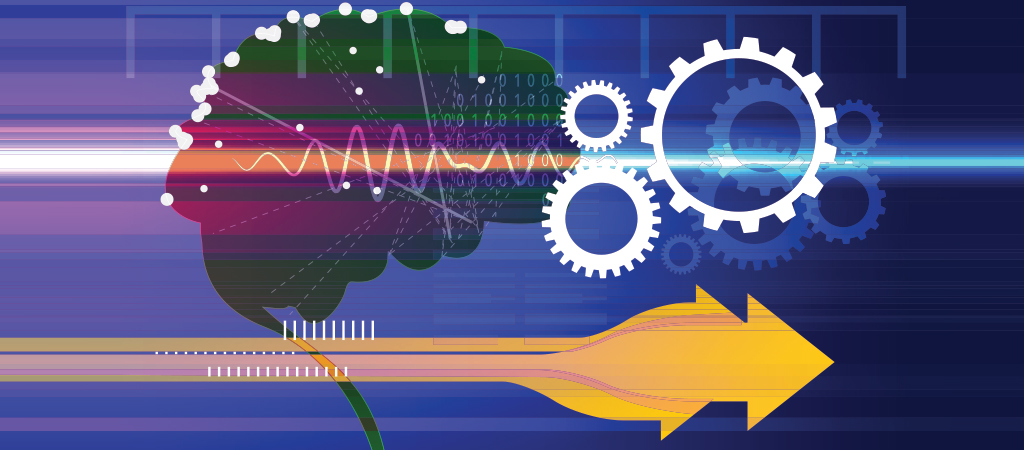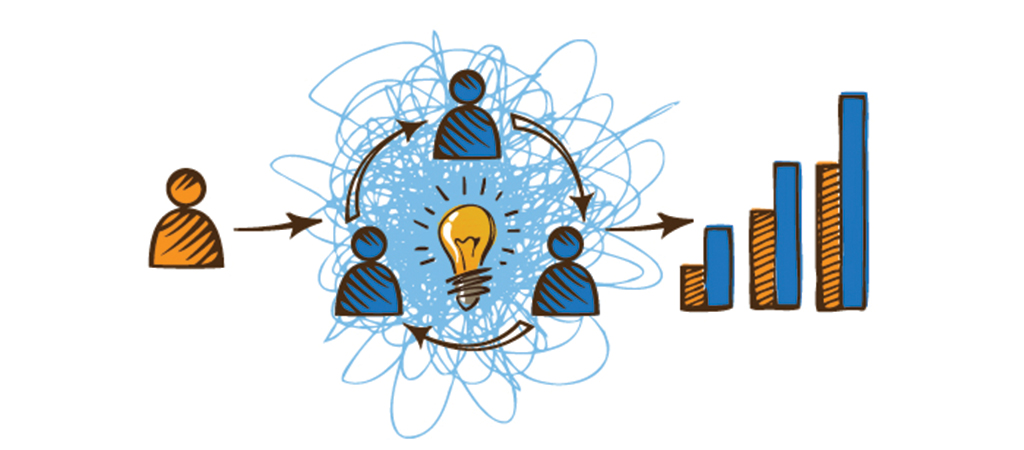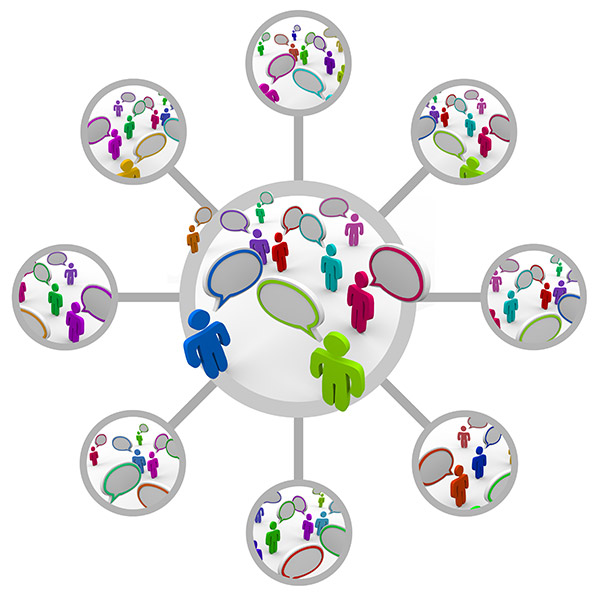WHAT WE DO
Reprogramming the Organisational Brain
The Centre for Applied Neuroscience in Business designs and delivers strategically focused Business Emulation technologies and services to help medium and large organisations transform their thinking and dramatically improve their financial performance through the use of highly specialized brain reprogramming techniques.
Our Business Emulation technologies have been applied to a wide range of industries, including Mining, Pharmaceuticals, Transportation, IT, Health Care, Education, Manufacturing, Unions, Engineering, Professional Services, Retail, Finance and new product introduction.
They have typically produced over 400% in performance improvement, increased client revenues by tens of millions to billions of dollars, and delivered the best ROI the company ever made.
How do we produce such colossal changes in performance and financial improvements in such a short time frame?
Ours is a disruptive approach to business model innovation. What do we mean by ‘disruptive’? A recent article published by McKinsey & Company explains this concept very well in the July 2015 issue of McKinsey Quaterly. “Business models are less durable than they used to be. The basic rules of the game for creating and capturing economic value were once fixed in place for years, even decades, as companies tried to execute the same business models better than their competitors did. But now, business models are subject to rapid displacement, disruption, and, in extreme cases, outright destruction.
“The examples are numerous – and familiar. But what’s less familiar is how, exactly, new entrants achieve their disruptive power. What enables them to skirt constraints and exploit unseen possibilities? In short, what’s the process of business-model innovation?
“For incumbents, this kind of innovation is notoriously hard. Some struggle merely to recognize the possibilities. Others shrink from cannibalizing profit streams. Still others tinker and tweak – but rarely change the rules of the game. Should it be so difficult for established companies to innovate in their business models? What approach would allow incumbents to overturn the conventions of their industries before others do?
“Our work with companies in telecommunications, maritime shipping, financial services, and hospitality, among other sectors, suggests that established players can disrupt traditional ways of doing business by reframing the constraining beliefs that underlie the prevailing modes of value creation.”
The article goes on to explain how “reframing long-standing, often implicit, beliefs about how to make money” is the key to innovating a business model using new forms and mechanisms to create value. Unfortunately, as the article states, “companies then need to transition from their existing business model to the new one, and that often requires considerable nerve and sophisticated timing.”
We couldn’t agree more. Where we disagree is in the belief that this reframing can be achieved “over time”.
We have developed the means to ‘reprogram the individual and organisational brains’ to achieve this reframing on automatic over a period of three days – not three months, or three years or even much longer.
It is a well known fact that, under pressure, employees will revert to previously learnt behaviours.
Our client organisations no longer have to train their employees over long periods of time to learn and practise the mechanisms of the new business model. Over the three days of the Business Emulation exercise, their brains are literally rewired while they sleep to give up their old ways of thinking and doing things. They immediately and permanently adopt and implement productive changes in decision-making and behaviours upon returning to work, even and especially under pressure.





 Has this technology proven itself in the market place?
Has this technology proven itself in the market place?



